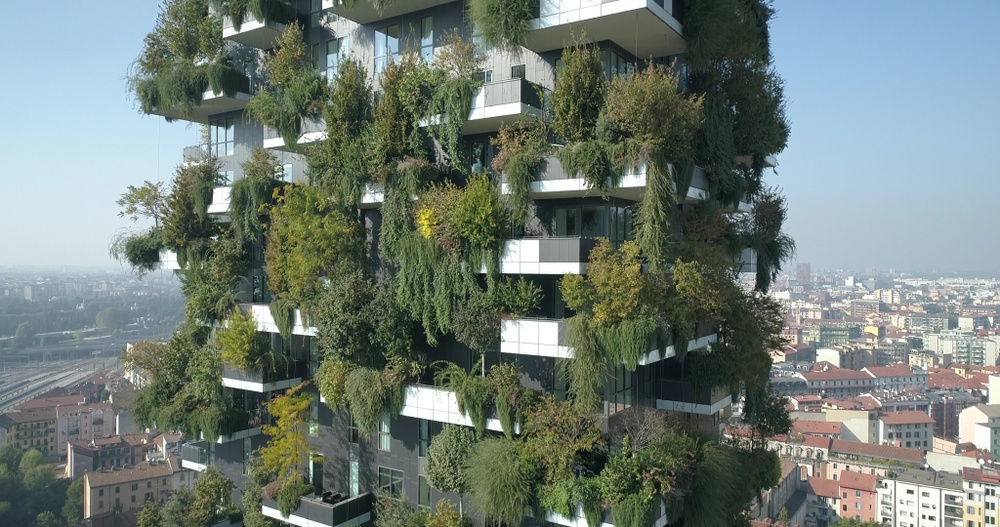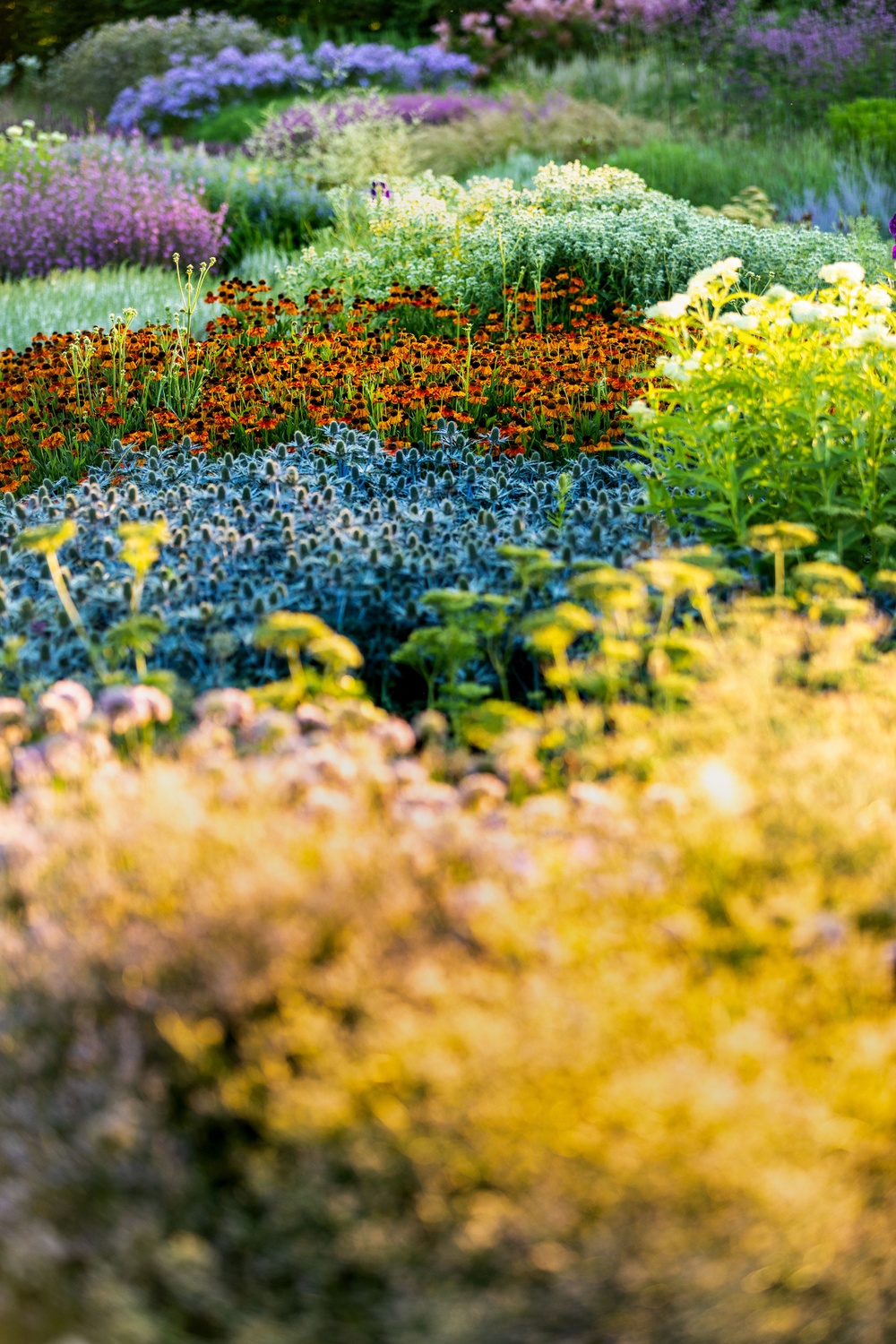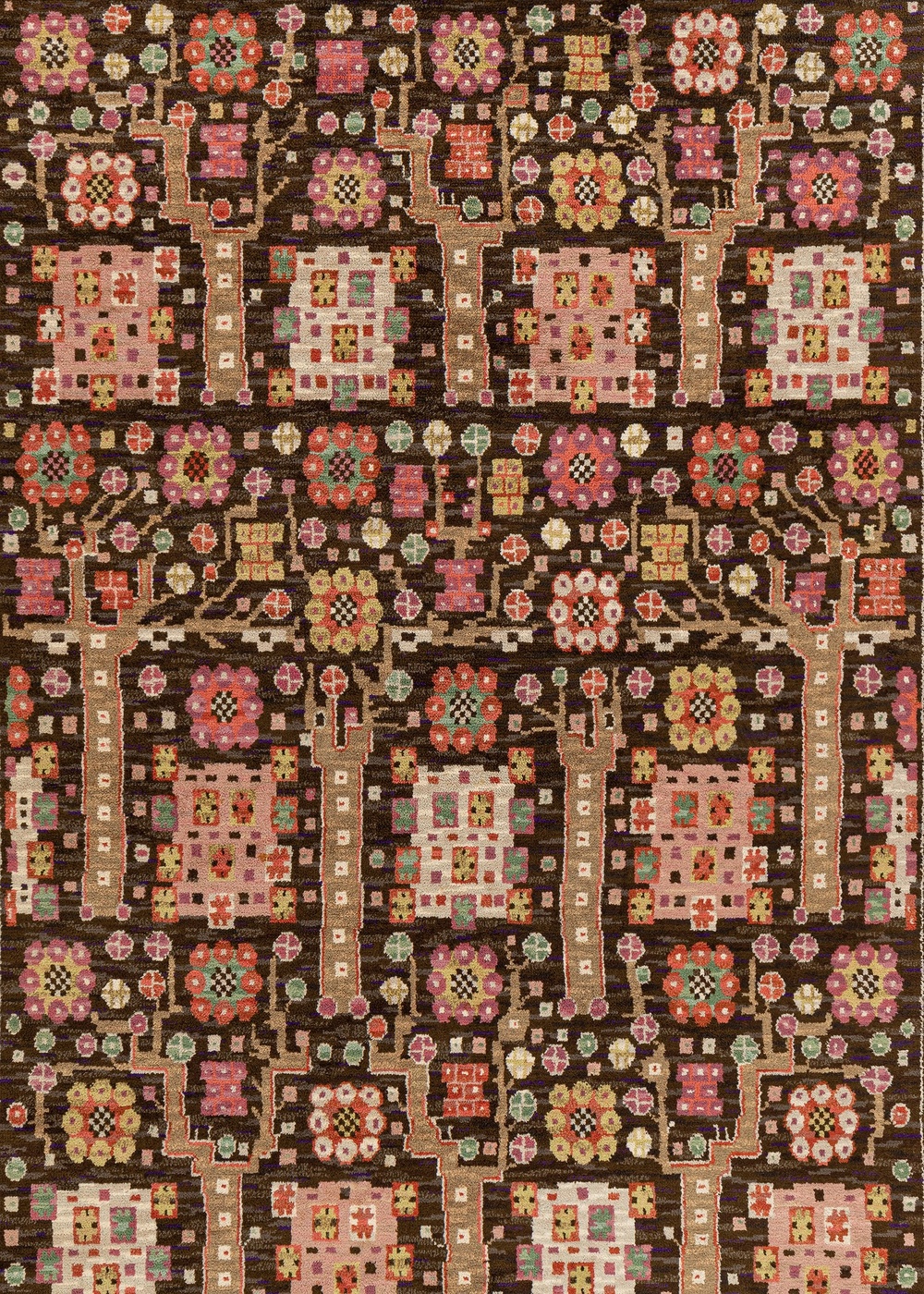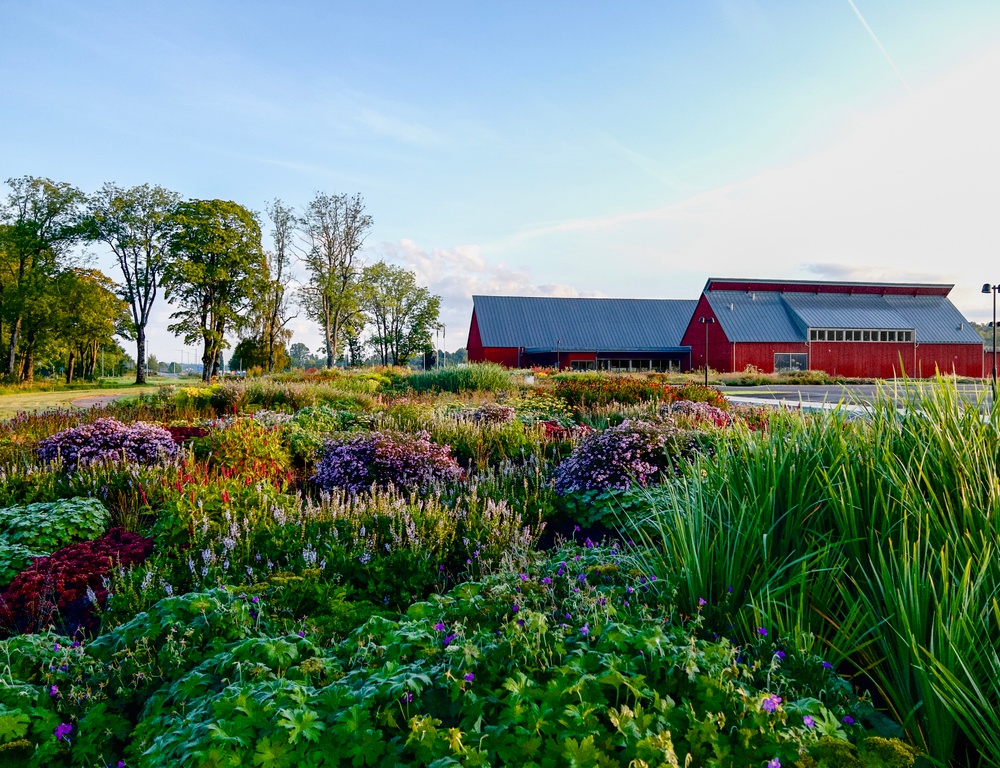Garden Futures: Designing with Nature

Exhibition at Vandalorum Museum of Art and Design 27/4-13/10 2024
Vandalorum proudly presents Garden Futures: Designing with Nature, the first exhibition that explores the history, present, and future of gardens from a global perspective. The exhibition investigates the origins of today's garden ideals and emerging models in envisioning a better future. For many artists, designers, and landscape architects, the garden serves as a laboratory for new ideas. In an era marked by climate crisis, globalization, and food supply uncertainty, the garden has become a democratic experimental ground for sustainability, biodiversity, and social justice. The exhibition addresses these questions, and many more, using a broad range of examples from art, design, everyday culture, and landscape architecture – from deckchairs to vertical urban farms, from contemporary community gardens to living buildings, from artistic projects to naturalistic refuges.
The exhibition is produced by the Vitra Design Museum, the Wüstenrot Foundation, and the Nieuwe Instituut, in collaboration with Vandalorum. It is designed by the award-winning design duo FormaFantasma (Italy, Guest of Honour at Stockholm Furniture Fair 2024). The exhibition features works by over 100 artists, designers, and landscape architects, including Aino Aalto (Finland, 1894-1949), Marjan van Aubel (Netherlands, b. 1985), Stefano Boeri (Italy, b. 1956), Roberto Burle Marx (Brazil, 1909-94), Zheng Guogu (China, b. 1970), Derek Jarman (UK, 1942-94), Alexandra Kehayoglou (Argentina, b. 1982), Jamaica Kincaid (Antigua & Barbuda/USA, b. 1949), Peter Korn (Sweden, b. 1973), Ulla Molin (Sweden, 1909-97), Märta Måås-Fjetterström (Sweden, 1873-1941), Signe Persson-Melin (Sweden, 1925-2022), Piet Oudolf (Netherlands, b. 1944), and Mien Ruys (Netherlands, 1904-99).
The Garden as Paradise
The exhibition begins with an exploration of the garden as an idealized space. Wherever people carve out a piece of nature to create a garden, its design reveals their relationship with nature, as individuals or as a community. Throughout history, the garden has been a place where practical work coexists with deep symbolic, philosophical, or even religious significance.
The Garden as a Mirror of Society
Gardens reflect a society's values, cultural development, as well as commercial and political changes. The second section of the exhibition illustrates how private gardens are intricately connected to society. It explores, for example, how ideals of self-sufficiency have manifested in urban areas throughout history, or how many plants in Western gardens have roots in colonialism. This section includes, for example, the Green Guerrilla group in New York, which redefined the garden as a site for social justice and popular participation during the 1970s.
The Garden as a Testing Ground for New Ideas
What guides our thinking and decisions in garden design? What ideals do we uphold, what do we strive for, and why are gardens so appealing to us? These questions are explored in the third part of the exhibition through stories of pioneering garden creators from around the world. Each approaches gardening as a laboratory for new ideas. An example is the American writer and gardener Jamaica Kincaid, whose garden has inspired reflections on colonial history, cultural appropriation, and forced displacement.
The World as a Garden
Traditionally, gardens have been considered sanctuaries where people create a tamed version of wild nature. However, the current situation forces us to ask, who needs protection and from whom? There are no areas on Earth untouched by human activity. As the consequences of human actions inexorably transform our environment, the entire planet becomes a garden that we must cultivate and care for. In an era of climate change, economic injustice, and social isolation, the garden can serve as a place for solutions to these problems. An example is the Argentine artist Alexandra Kehayoglou, who explores the seemingly enduring version of familiar landscapes in a time when climate change threatens their existence. Her giant hand-tufted textile work, Meadow, created specifically for the exhibition, is intended to be walked on and experienced with different senses.
Piet Oudolf at Vandalorum
The monumental garden created by Dutch garden designer Piet Oudolf for Vandalorum, to be completed in spring 2024, is a central part of the exhibition. Oudolf is a pioneer in the movement that since the 1980s has advocated for alternatives to decorative and strictly maintained gardens. Inspiration is drawn from the vegetation of nature, focusing on perennials, grasses, and shrubs traditionally not considered garden plants. The plants are chosen based on color, structure, and sculptural quality to appeal throughout all four seasons.
For the exhibition, a new film is being made by Tomas Boman (b. 1965) and Kajsa Andersö (b. 1962), following the creation of the garden by Piet Oudolf at Vandalorum. Boman and Andersö have been working in Swedish film since the 1980s and have produced films on, among others, Gert Wingårdh, Gunnar Asplund, Sigurd Lewerentz, and the Liljevalchs’ expansion.
Accompanying the exhibition is an elaborately illustrated publication that includes essays, interviews, and case studies of groundbreaking garden projects (ISBN 978-3-945852-53-8). For a press copy, please contact Johanna Hansson.
Garden Futures at Vandalorum is made possible by:
Sweden Green House, Hasselfors Garden, Mats Skogsfors, Tore G Wärenstam Foundation
Vandalorum's exhibition program is made possible by:
Swedish Arts Council, Region Jönköping County and Värnamo Municipality and Partners: Hamrin, Liljedahl and Svenstig
Thanks to: The Swedish Energy System, Hjalmar Wicander's Fund, Bertil & Britt Svensson Foundation for Lighting Technology, Mark & Miljö, Växtia, S:t Eriks, Nelson Garden, Bara Mineraler, Fiskars, Kvadrat, Johan Sjöberg, the Design Museum in Helsinki and the Finnish Architecture Museum in Helsinki
The exhibition is curated by:
Vitra Design Museum: Viviane Stappmanns, Nina Steinmüller
Nieuwe Instituut: Marten Kuijpers, Maria Heinrich
Photo credit:
Stefano Boeri, Bosco Verticale, Milano, 2014 © Stefano Boeri Architetti, photo The Blink Fish, 2018
Piet Oudolf, Oudolf Garten on Vitra Campus, Weil am Rhein, 2020 © Vitra, photo Dejan Jovanovic
Kieran Dodds, Debre Ensesa, Ethiopia, 2018, photo Kieran Dodds
Ulla Molins tgarden in Höganäs, Sweden, photo Gabriella Dahlman
The Black Garden Rug, designed 1923 by Märta Måås-Fjetterström, photo Anette Nilsson, MMF AB
Piet Oudolfs garden at Vandalorum, photo Deltavormgroep / Vandalorum
Om Vandalorum
Amidst the fields on the outskirts of Värnamo you will find Vandalorum, a museum presenting the most influential art and design today. A few minutes away, freeway E4 meets highway 27, which together connect Sweden. Vandalorum’s initiator is Sven Lundh and the build-up of Vandalorum is supported by the business families Hamrin, Liljedahl and Svenstig. The buildings, reminiscent of the monumental barn that once dominated the site, are built according to an original concept by the award-winning Italian architect Renzo Piano. One of Vandalorum’s four barns is the home of Smålands Konstarkiv, whose exhibitions primarily highlight artists associated with Småland. Vandalorum's garden is designed by the Dutch garden designer Piet Oudolf.
Kontaktpersoner
Johanna Hansson
- johanna.hansson@vandalorum.se
- +46 (0)370-30 22 13






